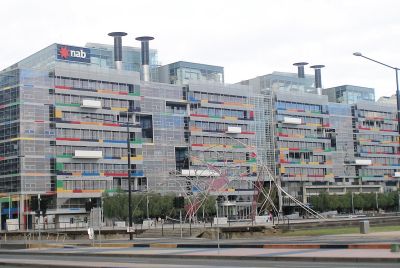Census reveals where Australians work, surge in workers who provide personal services
Sydney sees a jobs boon for beauty therapists and fitness instructors, according to the latest round of census figures with a focus on how and where Australians work. The census data released on Monday show that the number of people working as beauty therapists and fitness instructors in Australia has surged by more than 25 percent since 2011. The jobs growth is driven by its two biggest cities, Melbourne and Sydney.
Some workers are in healthcare and social assistance as nurses, counsellors and care workers for older Aussies. In New South Wales, healthcare and social assistance sector was the largest employer.
Recent employment figures also show Melbourne's love for food, bars and coffee. They are the city's next-largest employer, with 2.5 percent of all workers.
And there is also a push towards the service economy, with the number of workers in the community and personal service sector now up 19 percent since last figures from the Australian Bureau of Statistics. Meanwhile, the share of technicians and trades workers in Sydney has edged lower over the past decade to 11.7 percent.
New figures also suggest that age affects the types of jobs Australians are performing. Some people under 30 take on roles as food cooks, baristas, waiters, bartenders or sportspeople. Meanwhile, those who are aged 60 were likely to be caretakers, bus drivers and livestock and crop farmers.
Between the genders, the gap is widest in technical and trade. These industries have 84 percent male employees. Females take on more positions in some of the fastest growing areas like social assistance and education, with 74 percent of health professionals and 63 percent of legal, social and welfare professionals.
"Alongside this, we are seeing the proportion of men in employment decrease over time, while for women it is increasing," census program manager Bindi Kindermann said, according to the Sydney Morning Herald. Nationally, nearly 80 percent of the 1.35 million people hired in the healthcare and social assistance sector are females.
The census data showed females now make up 55.4 percent of professionals nationally. The figures can be comparable to 53.9 percent in 2011.
"The predominance of females in these occupations reflects the greater numbers of females among university graduates over recent decades," Parr said. The lift in share of female managers from 35.4 percent in 2011 to 37 percent in 2016 is linked to the retirement of more male-dominated Baby Boomer generation managers.





















